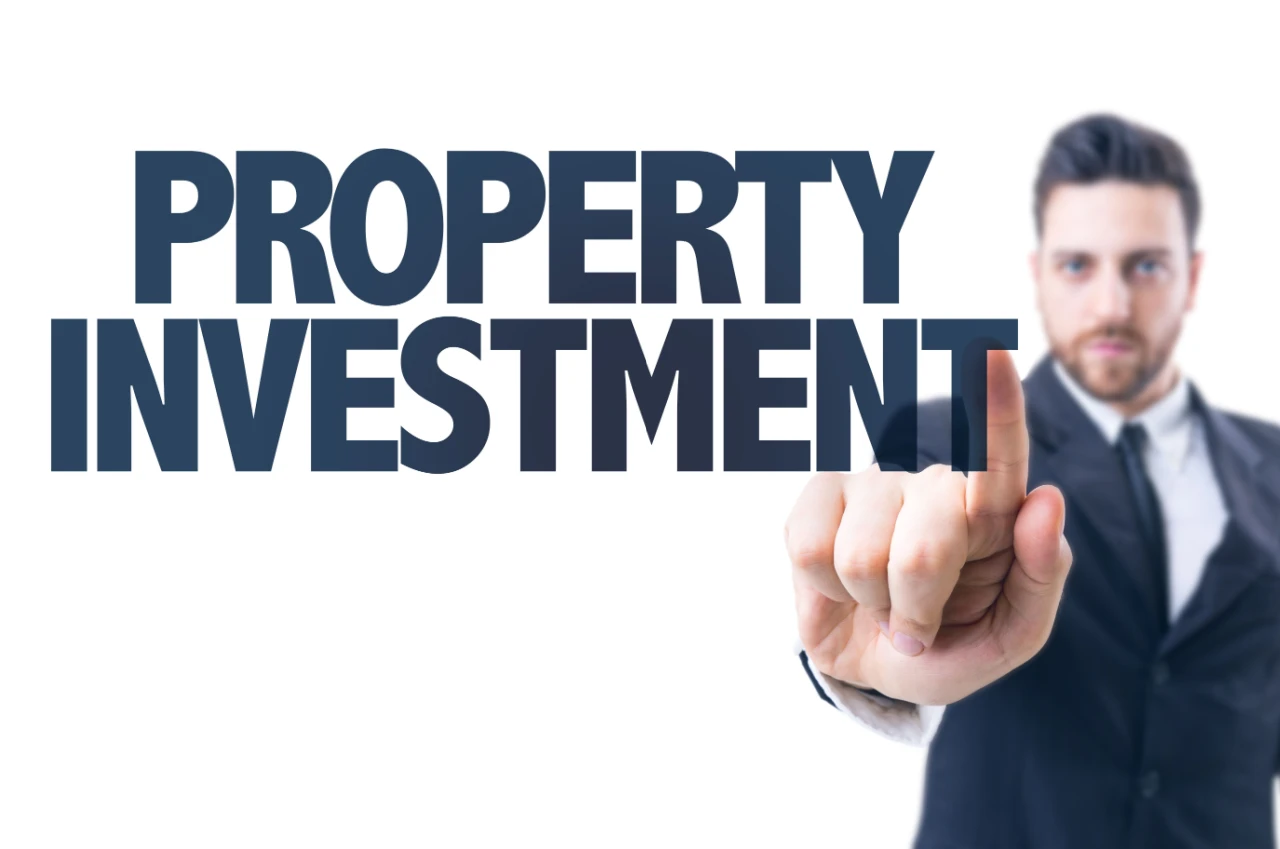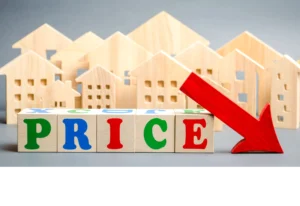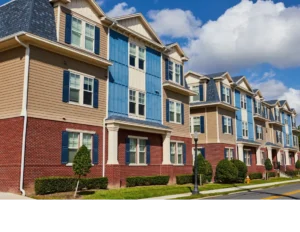Home·Property Management·What are Holding Costs in Real Estate?
Planning for holding costs is key to successful real estate investing

What are Holding Costs in Real Estate?
Thinking about buying a property? You need to be aware of the various holding costs of operating a property. Owning a property isn’t just about what you paid for it. It’s about what it costs you every month, and it can make or break your investment if you don’t plan for it.
Savvy investors know how to handle holding costs. They factor these expenses into their budgets from day one. By doing this, they protect their cash flow and boost their chances of success in real estate.
Key Takeaways
-
Holding costs are ongoing expenses for owning investment property
-
These costs include mortgage, taxes, insurance, and maintenance
-
Planning for holding costs is key to successful real estate investing
Understanding Holding Costs in Real Estate
Let’s break down the key components of holding costs and their impact on your investment.
Components of Holding Costs
Carrying costs include several elements. The biggest expense is often your mortgage payment. This covers both principal and interest on your loan.
Property taxes are another major cost. These vary by location and can be hefty in some areas.
Insurance is crucial. You’ll need property insurance to protect your investment.
Utilities can add up, especially if the property is vacant. This includes water, electricity, and gas.
Maintenance keeps your property in good shape—budget for regular upkeep and unexpected repairs.
Don’t forget about HOA fees if you’re part of a homeowners association.
Lastly, property management fees apply if you hire someone to handle day-to-day operations.
Calculating Total Holding Costs
To figure out your total holding costs, add up all the monthly expenses. Start with your mortgage payment. Then, add property taxes, insurance, utilities, and HOA fees if applicable.
Don’t forget about maintenance. A good rule of thumb is to set aside 1% of the property value each year for repairs.
If you use a property manager, include their fees. These typically range from 8-12% of monthly rent.
Here’s a simple formula:
Total Monthly Holding Costs = Mortgage + Taxes + Insurance + Utilities + Maintenance + HOA Fees + Management Fees
Multiply this by 12 to get your annual holding costs. This gives you a clear picture of your yearly expenses.
Get a Free Multifamily Loan Quote
Access Non-Recourse, 10+ Year Fixed, 30-Year Amortization
Impact of Holding Costs on Cash Flow
Holding costs can significantly impact your cash flow. High costs can turn a seemingly profitable property into a money pit.
For rental properties, your rental income needs to cover these costs and still leave room for profit. If holding costs are too high, you might end up with negative cash flow.
In fix-and-flip projects, holding costs affect your timeline. The longer you hold the property, the more these costs eat into your potential profit.
Smart real estate investors factor in holding costs when deciding on a purchase price. They also consider ways to reduce these costs, like improving energy efficiency to lower utility bills.
Remember, holding costs continue even when a property is vacant. This makes it crucial to minimize vacancy periods in rental properties.
What are Holding Costs in Real Estate?
Holding costs in real estate are the ongoing operating expenses you pay while owning a property. These expenses occur whether the property is occupied or vacant. As a beginner real estate investor, you need to know about these costs.
Think of holding costs as the price tag for keeping a property in your portfolio. They can eat into your profits if you’re not careful.
Let’s break down the main types of holding costs you’ll face:
-
Mortgage payments
-
Property taxes
-
Insurance
-
Utilities
-
Maintenance and repairs
-
Property management fees
These costs add up quickly. For example, if you buy a multifamily property, you’ll need to budget for all of these expenses across multiple units.
Carrying costs can significantly impact your investment’s returns. They’re especially important to consider if you’re planning to flip a property. The longer you hold onto it, the more these costs pile up.
Being aware of holding costs helps you make smarter investment decisions. You can better estimate your potential profits and avoid nasty surprises down the road. It’s a key part of becoming a savvy real estate investor.
Analyzing the Effects of Location and Property Type
Location and property type greatly impact holding costs in real estate. These factors can make or break your investment strategy, affecting everything from rent to insurance premiums.
Location Influence on Holding Costs
The area where your property sits can significantly sway your expenses. Carrying costs are not static – they change based on the property’s location. In high-demand cities, you might face steeper property taxes and insurance rates. But you could also charge higher rent, offsetting some costs.
Urban areas often have pricier utilities and maintenance services. Rural properties might have lower taxes but could require more upkeep. Coastal regions may need extra insurance for natural disasters.
Your choice of neighborhood matters too. Safe areas with good schools might mean lower insurance costs and steady tenants. This can reduce vacancy periods and property management headaches.
Type of Real Estate Investment and Associated Costs
Different property types come with unique cost structures. Single-family homes usually have lower maintenance costs than multi-unit buildings. But they also offer less rental income potential.
Multifamily properties often have higher overall expenses due to more units to maintain. Yet, they can provide better cash flow and spread risk across multiple tenants.
Commercial properties might have higher property management fees but can offer longer lease terms. This can mean more stable income and fewer tenant turnover costs.
Vacation rentals like Airbnb properties can bring in higher nightly rates. However, they also face more frequent turnover and cleaning costs. Plus, you might need to budget for furnishings and amenities to stay competitive.
Strategies to Minimize Holding Costs
Keeping holding costs low is key to making money in real estate. You can cut these costs and boost your profits with smart moves. Let’s look at some top ways to do this.
Effective Budgeting and Cost Management
Budgeting is your best friend in real estate. Start by listing all your expenses. This includes taxes, insurance, and repairs. Then, set limits for each cost.
Look for ways to trim the fat. Can you get a better deal on insurance? Maybe you can do some repairs yourself. Every dollar saved adds to your bottom line.
Use tech to track your spending. Many apps can help you stay on top of your budget. This way, you’ll spot issues before they become big problems.
Optimizing Rental Income
Empty units are money pits. Your goal? Keep them filled. Price your rentals right to attract tenants fast. A slightly lower rent is better than no rent at all.
Screen tenants well. Good tenants pay on time and take care of your property. This means fewer headaches and costs for you.
Think about offering perks. A minor upgrade might let you charge more rent. For example, adding a washer and dryer could boost your income.
Consider short-term rentals during slow periods. Platforms like Airbnb can help you earn money when long-term tenants are hard to find.
Shortening the Holding Period
Time is money in real estate. The quicker you sell or rent, the less you pay in holding costs. For fix-and-flips, have a solid plan before you buy. Know what repairs you’ll make and how long they’ll take.
Market your property well. Use high-quality photos and write great descriptions. The more eyes on your listing, the faster it might sell.
Be flexible with your pricing. If a property isn’t moving, consider lowering the price. It’s often better to make a bit less than keep paying holding costs month after month.
Network with real estate agents. They might have buyers ready to go. This can speed up your sale and cut your holding time dramatically.
Frequently Asked Questions Real Estate Holding Costs
How can one calculate the holding costs of a property?
Holding costs are the sum of all expenses while owning a property. You can calculate them by adding up mortgage payments, property taxes, insurance, utilities, and maintenance costs. Don’t forget to include any HOA fees or special assessments. Track these monthly to get a clear picture of your total holding costs.
What constitutes holding costs when flipping real estate?
When flipping real estate, holding costs include mortgage payments, property taxes, insurance, and utilities. You’ll also need to factor in renovation expenses, permit fees, and potential marketing costs. Remember, the longer you hold the property, the higher these costs will be.
What examples illustrate typical holding costs in real estate?
Typical holding costs in real estate include property taxes, insurance premiums, and mortgage interest. You might also face homeowners association fees, utility bills, and regular maintenance expenses. For investment properties, don’t forget property management fees and potential vacancy costs.
Are there differences in holding costs for residential vs. commercial properties?
Yes, holding costs can differ between residential and commercial properties. Commercial properties often have higher insurance premiums and more complex maintenance needs. You might also face different tax structures and utility costs. Residential properties usually have lower overall holding costs but can vary based on size and location.
How does location, like Hawaii, affect real estate holding costs?
Location plays a big role in holding costs. In Hawaii, you might face higher property taxes and insurance rates due to natural disaster risks. Utility costs can be steep on islands. Building materials and labor for maintenance may cost more due to shipping expenses. Always research local factors when estimating holding costs.
What are common factors included in the calculation of construction carrying costs?
Construction carrying costs typically include loan interest, property taxes, and insurance during the build. You’ll also need to factor in utility costs for the construction site. Don’t forget about security expenses and potential storage fees for materials. Permits and inspection fees are also part of the equation.
Carrying Costs Real Estate – Conclusion
Holding costs in real estate are the ongoing expenses you face while owning a property. They can eat into your profits if not managed well.
You now know the main costs to watch out for, like property taxes, insurance, and maintenance. Keep these in mind when planning your investments.
Smart investors factor in holding costs when analyzing deals. This helps you make better decisions and avoid surprises down the road.
Remember, every property is different. Your specific holding costs may vary based on location, property type, and market conditions.
Stay on top of your expenses by creating a detailed budget. Track your costs regularly to spot areas where you can save money.
Source: Willowdale Equity
Get AAOA's Newsletter
Property Management News Categories
- Affordable Housing
- Collections
- COVID-19
- Eviction
- Fair Housing
- Financing
- Going Green
- Government
- Investing
- Landlord Forms
- Landlord Quick Tips
- Latest News
- Leasing
- Legal Brief
- Legal News
- Maintenance
- Make Extra Money
- Marketing Vacant Units
- Property Management
- Real Estate Investing
- Real Estate Trends
- Remodel and Repair
- Rent Magazine
- Security Deposit Alternatives
- Social Media
- Tax Tips
- Technology
- Tenant Screening
- Uncategorized













 Accessibility
Accessibility